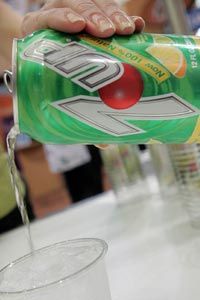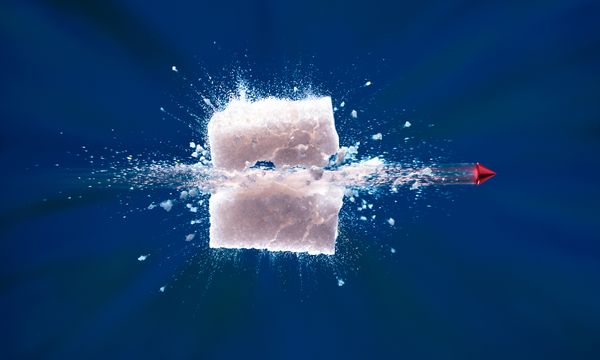Sugar is one of our most prevalent commodities, but it wasn't always that way. The simple sweetener journeyed through history and across the world's trade routes before it became common in kitchens everywhere. More than 5,000 years ago, Polynesians used sugarcane as a sweetener. The substance eventually made it to India and from there spread west, aided by the pillaging and trade that accompanied the conquests of Darius, the Persian emperor, and Alexander the Great, who overthrew the Persian Empire.
In 1493, Christopher Columbus brought sugarcane to the Caribbean, which proved a perfect environment for growing cane. This fertile ground led to the development of a massive sugarcane industry in the so-called New World. Over the next few hundred years, plantations sprouted up throughout the Caribbean, West Indies and South America, fueling the slave trade. During these years, sugar finally became cheap enough to be accessible to most Europeans. Until then, it had been considered a luxury.
Advertisement
From 1792 to 1815, when near-constant wars consumed much of Europe, British naval blockades forced mainland Europe to look for an alternative to cane sugar. The eventual solution was sugar beets, and since this period, Europe has gotten much of its sugar from beets.
Today sugar beets are grown throughout Europe, Asia, the Middle East and in parts of North Africa and South America. Sugarcane, on the other hand, requires tropical or semitropical climates, so it's grown in the southern U.S., South America, Africa, South Asia and the South Pacific.
Sugar is a simple carbohydrate that's responsible for the sweet taste in many foods we consume. It's called a carbohydrate because it contains carbon, hydrogen and oxygen. One teaspoon of white sugar has about 4 calories, and it provides a quick dose of energy that the body can process faster than complex carbohydrates or proteins. But eat too much sugar and the excess energy will be stored as fat.
Besides being used as a sweetener, sugar is also useful as a preservative. For example, sugar helps to hinder the growth of bacteria in jam. It can also be used as a bulking agent, or food additive, to achieve a certain kind of texture. Sometimes it's added to accelerate fermentation or to change the boiling or freezing point of a dish.
Keep reading to learn about the many guises in which sugar comes.



